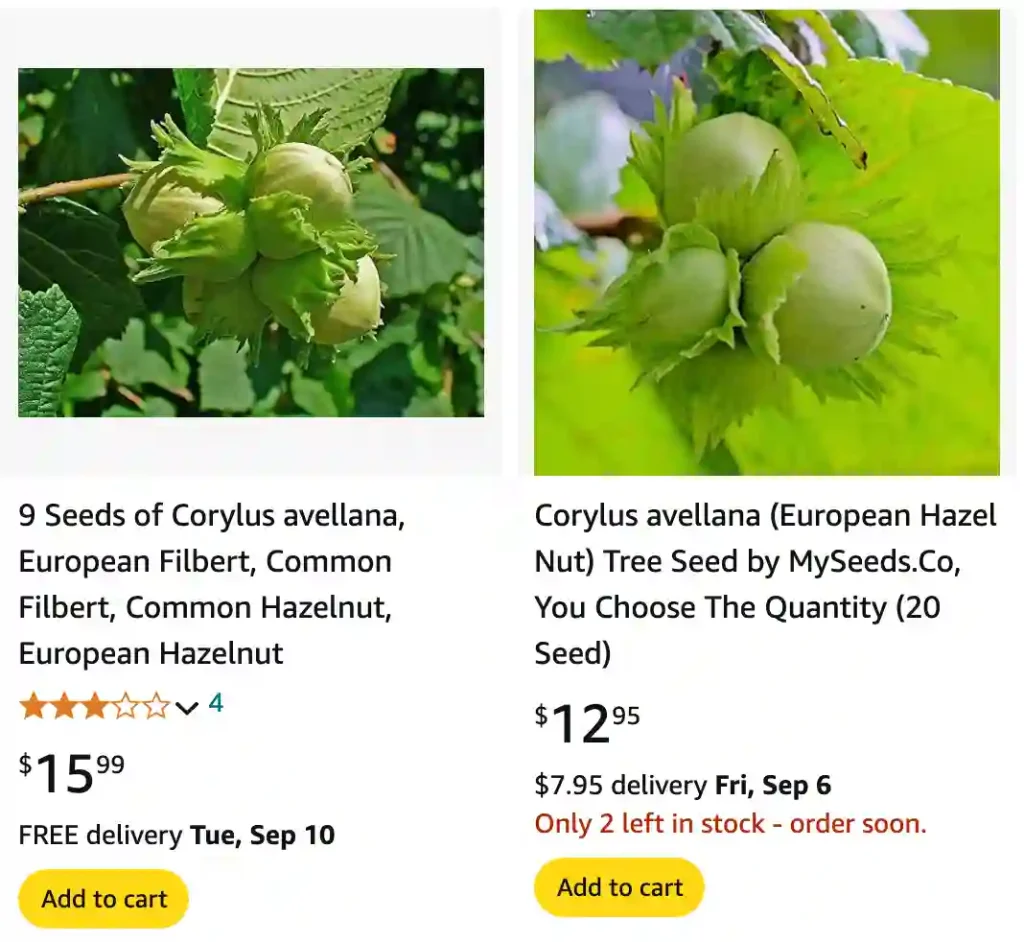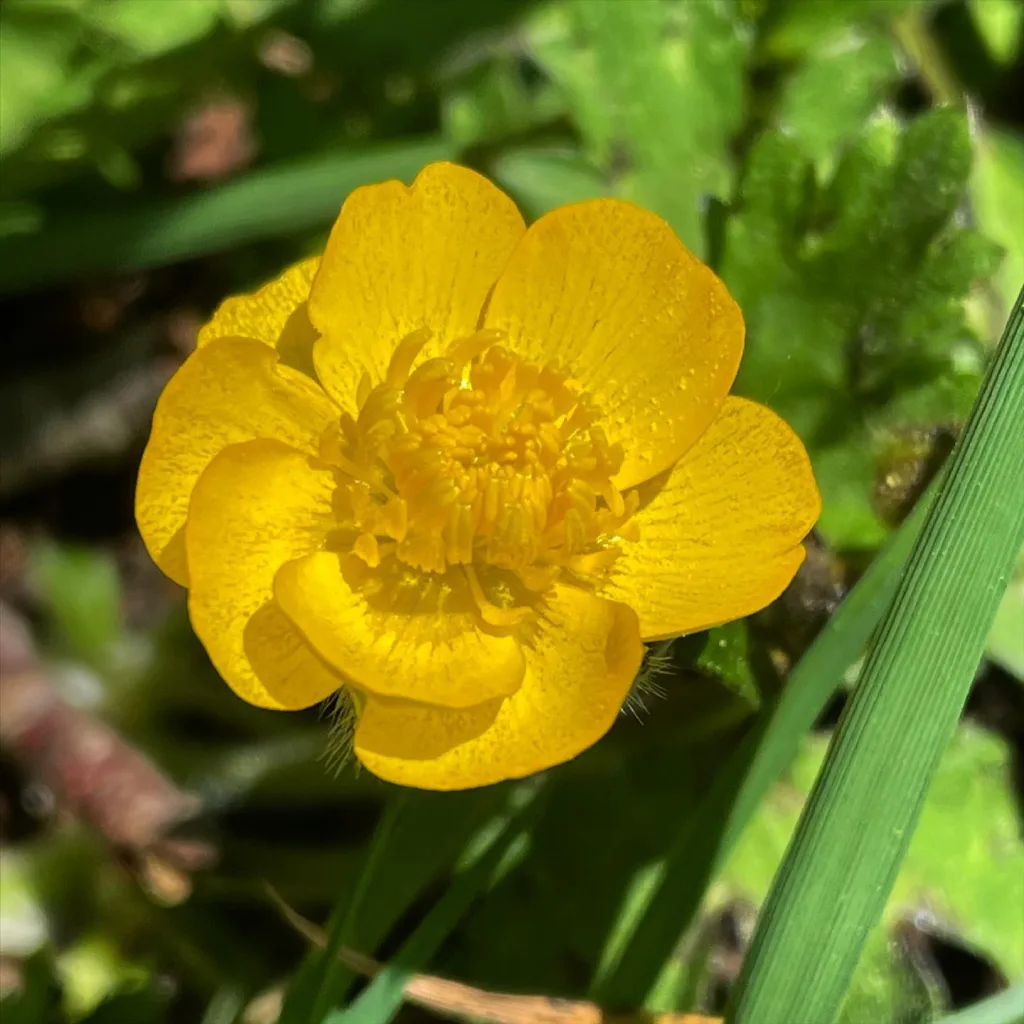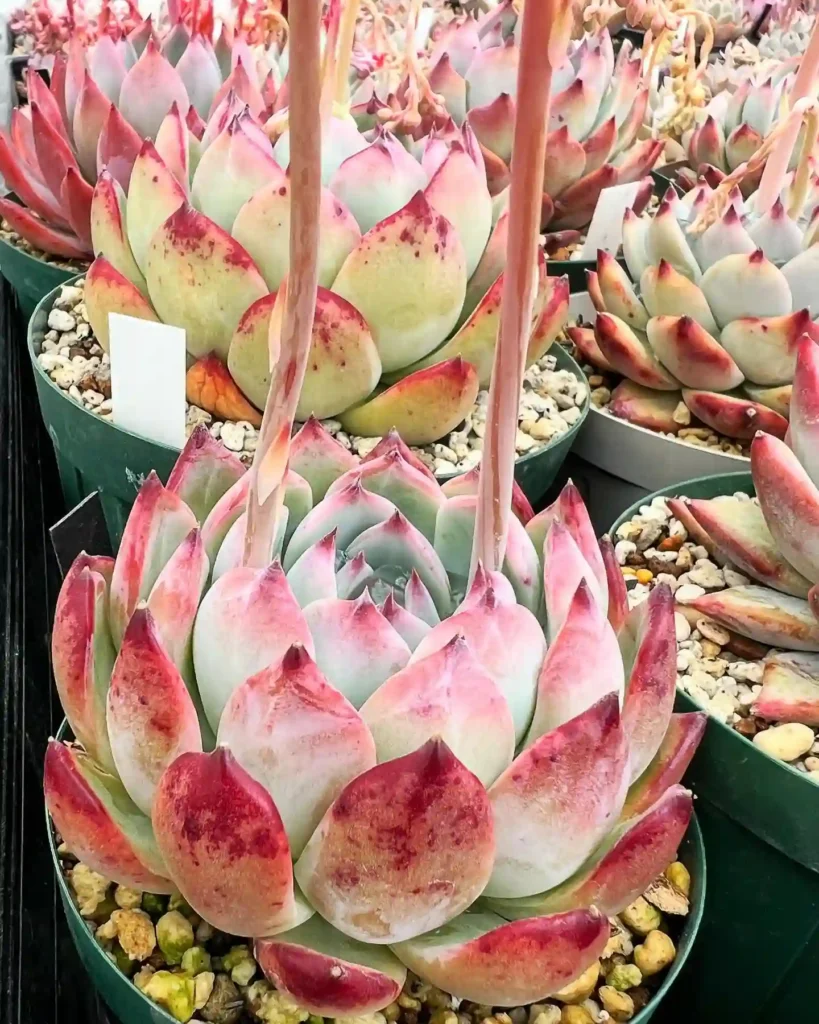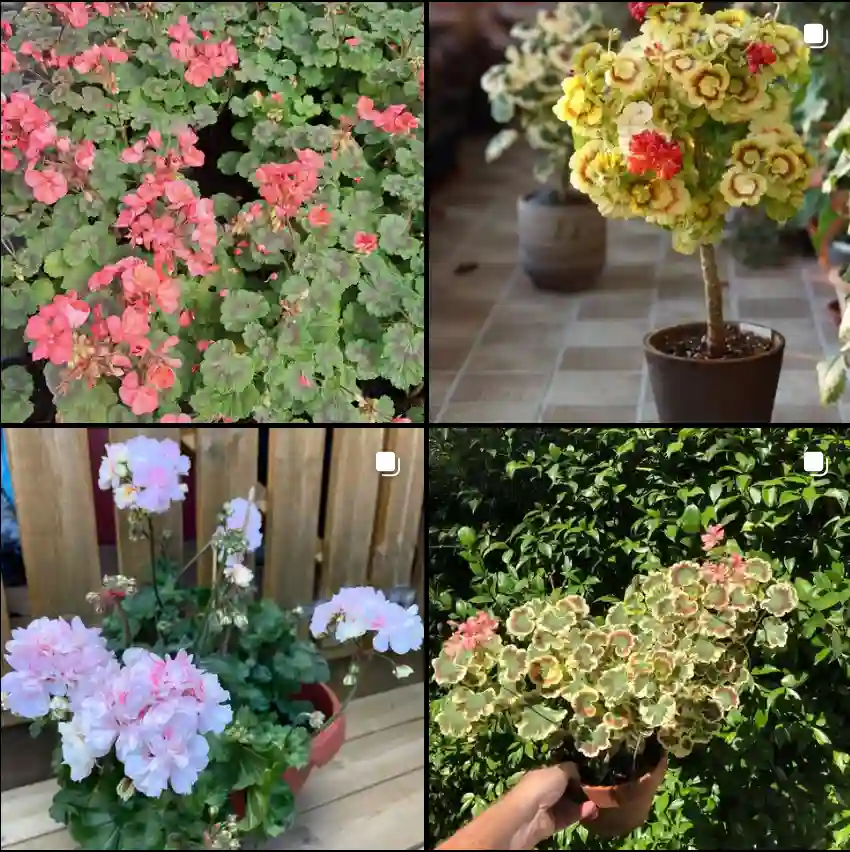
FAQs About Corylus Avellana
Corylus Avellana, commonly known as the European Hazel, is a versatile plant that many of us gardeners find fascinating. Whether you’re interested in its growth habits, propagation, or edibility, Corylus Avellana has a lot to offer. Here’s a comprehensive look at some frequently asked questions about this remarkable shrub.
17 Species in Genus Corylus
What Is Corylus Avellana?
Corylus Avellana, or the European Hazel, is a deciduous shrub native to Europe and Western Asia. It’s best known for its attractive, rounded leaves and its ability to produce edible nuts. This plant can grow up to 12 feet tall and wide, making it a substantial addition to any garden.
Are There Upright Corylus Avellana Forms?
Yes, there are upright forms of Corylus Avellana. While the standard European Hazel typically has a more spreading habit, some varieties are bred to grow in a more upright fashion. Varieties like ‘Contorta’ (also known as the Corkscrew Hazel) have a unique twisted appearance but also grow upright, making them an interesting choice for landscape design.
Can Corylus Avellana Grow in Michigan?
Absolutely, Corylus Avellana can thrive in Michigan. This plant is hardy in USDA zones 4 to 8, which includes much of Michigan. It’s well-suited to the state’s climate, as long as it’s planted in well-drained soil and receives adequate sunlight. With proper care, it can handle Michigan’s cold winters and produce a bountiful crop of hazelnuts.
Can Truffles Grow Under Corylus Avellana Contorta?
The idea of growing truffles under Corylus Avellana Contorta is intriguing, but it’s not a straightforward process. While hazel trees can indeed host truffles, Corylus Avellana Contorta, with its twisted branches, might not be the most ideal variety for truffle cultivation. Truffles typically require a symbiotic relationship with the tree’s roots and specific soil conditions. If you’re serious about growing truffles, you might want to consider standard forms of Corylus Avellana or other species known for their truffle associations.
How to Propagate Corylus Avellana Contorta?
Propagating Corylus Avellana Contorta can be done through several methods. The most common is via suckers, which are shoots that emerge from the base of the plant. You can also propagate by taking hardwood cuttings in late winter or early spring. Ensure that the cuttings are about 6 inches long and plant them in well-drained soil. Keep the soil moist and provide some shade until the cuttings establish roots.
Is Corylus Avellana Edible?
Yes, Corylus Avellana produces edible nuts that are commonly known as hazelnuts. These nuts are not only delicious but also packed with nutrients. They can be eaten raw, roasted, or used in a variety of recipes, from pastries to savory dishes. Beyond the nuts, the leaves and bark of the Corylus Avellana have been used in traditional medicine.
Corylus Avellana vs. Corylus Americana
When comparing Corylus Avellana with Corylus Americana, or the American Hazel, there are a few key differences. Corylus Americana is native to North America and tends to be smaller and less showy than Corylus Avellana. While both species produce edible nuts, Corylus Avellana is more widely cultivated for commercial nut production due to its larger size and higher yield. Additionally, Corylus Avellana generally has a more ornamental appearance, which makes it a popular choice for landscaping.
How to Care for Corylus Avellana?
Caring for Corylus Avellana involves several key practices. Plant it in a sunny or partially shaded location with well-drained soil. It’s important to water the plant regularly, especially during dry spells, but avoid waterlogging. Fertilize it annually in the spring to promote healthy growth and nut production. Pruning is usually minimal but can help maintain the plant’s shape and remove any dead or diseased wood.
What to Plant With Corylus Avellana?
Corylus Avellana pairs well with a variety of plants in the garden. Consider planting it alongside other shrubs and trees that provide complementary textures and colors. It works well with plants like Cornus (Dogwood), Viburnum, and various types of ferns. For ground cover, try planting shade-tolerant species like Hostas or Pachysandra. The combination of Corylus Avellana with these plants can create a lush and varied landscape.
Can You Grow Corylus Avellana Indoors?
Growing Corylus Avellana indoors is challenging. This plant typically requires a significant amount of space and natural light to thrive. While it might be possible to grow a small specimen in a large container, it’s not ideal for indoor environments. Corylus Avellana is best suited for outdoor cultivation where it has room to grow and develop properly.
Is Corylus Avellana Toxic?
Corylus Avellana is not considered toxic to humans or pets. The plant is generally safe to have in gardens and around children and animals. However, as with many plants, it’s always a good idea to monitor for any allergic reactions or digestive issues if consumed in large quantities.
Common Problems with Corylus Avellana
Corylus Avellana can face a few common problems, such as aphid infestations, which can cause leaf curling and distortion. Additionally, it may be susceptible to diseases like hazelnut blight or rust. Regular inspection and prompt treatment with appropriate pest control methods can help keep these issues in check.
Overall, Corylus Avellana is a versatile and rewarding plant to grow. Whether you’re interested in its unique forms, propagation methods, or culinary uses, there’s a lot to explore and enjoy with this fascinating shrub.
If i die, water my plants!


